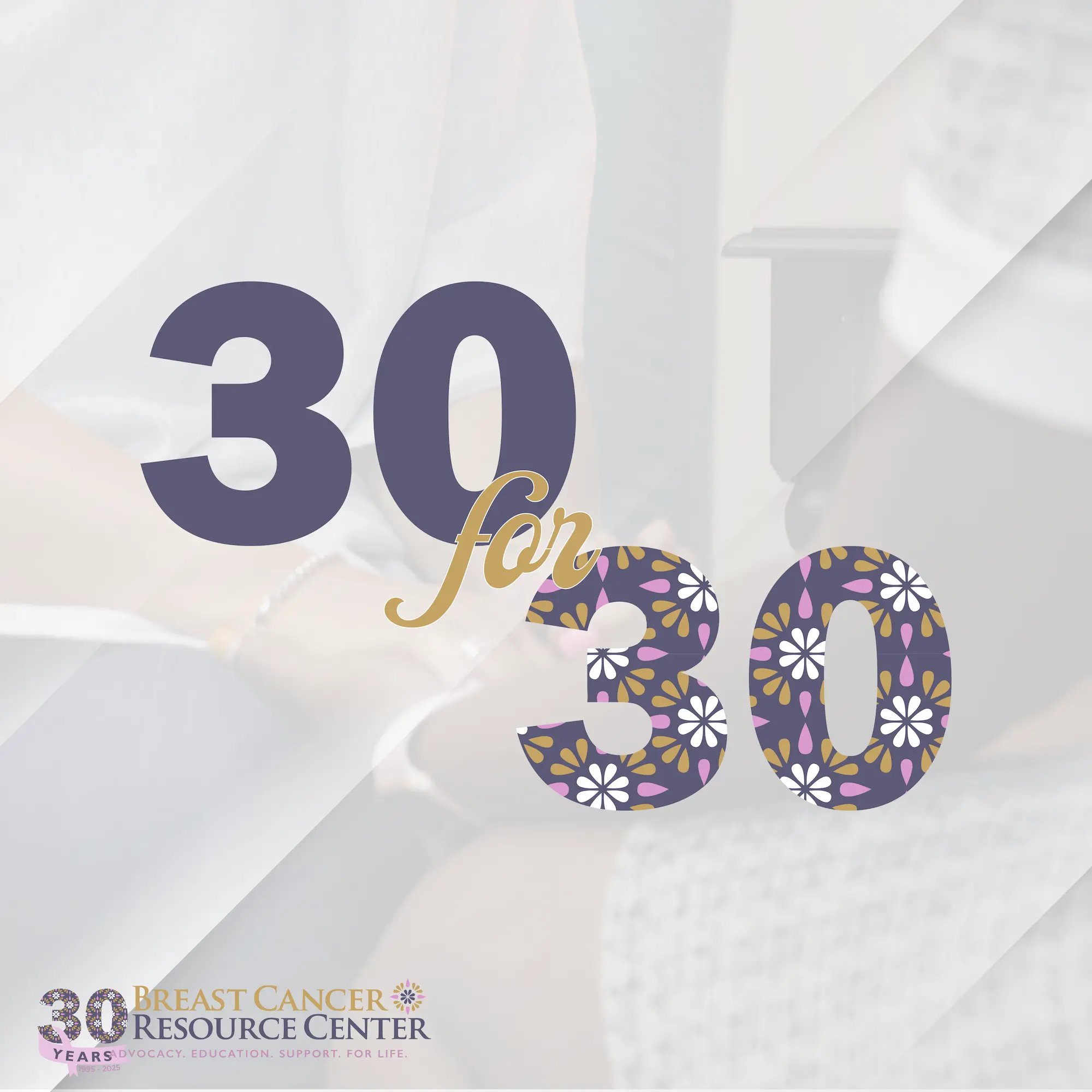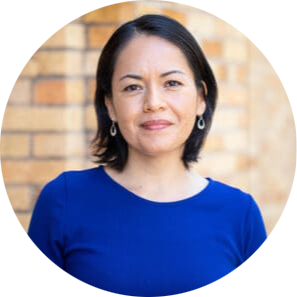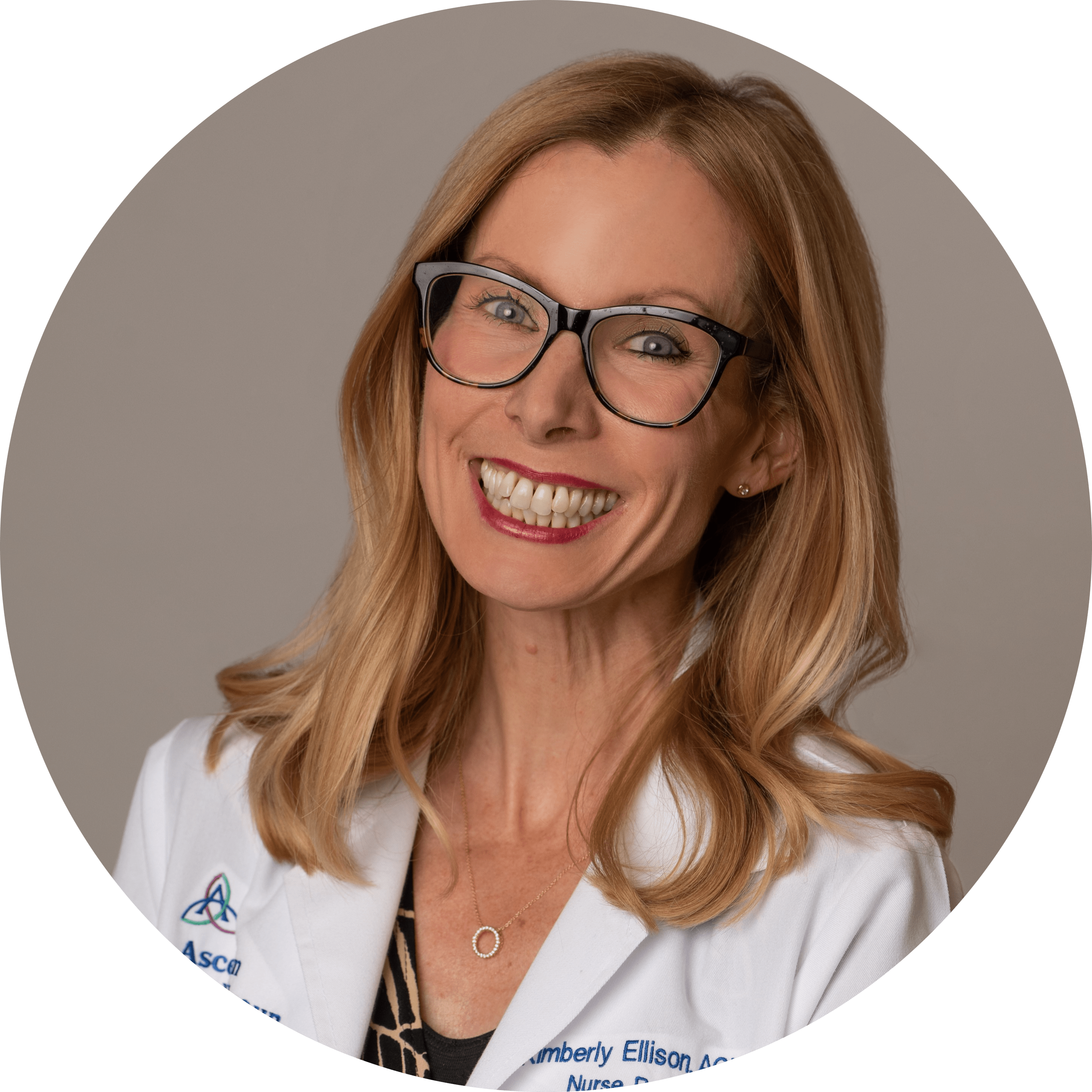A diagnosis of breast cancer changes life in an instant—it’s the beginning of medical tests, a host of doctor’s appointments, and treatments to eliminate the disease. For many women, breast reconstruction is a critical step in the recovery process, both as a celebration of beating the disease and to produce a feeling of wholeness and health again.
The short and long-term aesthetic and medical outcome of your reconstruction can be affected by your cancer treatment, depending on what type of reconstruction you chose and what your treatment entailed. For example, patients who have a history of radiation therapy may find they experience complications over time with an implant-based breast reconstruction. Complications that may arise as a result of radiating an implant include:
- Capsular contracture (hardening of the scar capsule that forms around the implant)
- Breast asymmetry
- Breast pain or discomfort
- Implant rupture
- Infection
Even if you don’t have a history of radiation therapy, you will likely need to have your implant replaced at least once over the course of your lifetime. As implants age over time, they may develop capsular contracture which can cause the implant to feel more firm. More severe capsular contracture can cause deformation and malposition of the implant on the chest wall, which can lead to breast asymmetry and, occasionally, pain. Some women may get 10 to 15 years out of their implants; others, 20 or more years. There is no way to be sure how long your implants will last before you require exchange surgery.
I frequently see patients who initially underwent an implant reconstruction but are now considering converting to a living tissue reconstruction, the most common of which is a deep inferior epigastric perforator flap (DIEP flap) reconstruction. DIEP flap reconstruction is an advanced microsurgical technique that makes use of your own excess abdominal tissue—instead of an implant—to create your new breast, without removing any underlying muscle or damaging your motor nerves. The advantage of a DIEP flap is a breast made of healthy, soft, living tissue with no implant that will eventually need to be replaced. The reconstructed breast looks, feels, and moves like a natural part of your body, because it is.

Conversion to a flap reconstruction may be right for you if:
- You are experiencing problems with your implant reconstruction, especially in the setting of changes due to radiation therapy
- You desire a more natural reconstructive look and feel
- You want to limit the need for future re-operation of your reconstruction
Conversion from an implant reconstruction to a DIEP flap reconstruction can take place at virtually any point after your implant reconstruction, whether that’s months or years later. In fact, some of our most satisfied breast reconstruction patients at Austin Plastic & Reconstructive Surgery are those who convert from implants to DIEP, even years later. Perhaps they’ve already been through one or two exchange surgeries and are looking forward to not having to undergo it again, or they are experiencing pain due to contracture around an implant. Whatever the case, these patients have a very high satisfaction rate.
While many women are candidates for conversion to DIEP flap reconstruction, there are some items that may preclude you from DIEP flap surgery:
- History of fat reduction surgery or treatments to your abdomen (for example, tummy tuck, liposuction, or CoolSculpting)
- Not enough excess abdominal tissue to form breasts of your desired size
- Current, every day nicotine user (it is best to abstain from nicotine use for at least six weeks before and six weeks after surgery)
- Certain medical conditions, such as diabetes, morbid obesity or heart conditions
The best way to determine if you’re a candidate for converting from an implant reconstruction to a living tissue reconstruction is to see a plastic surgeon that specializes in DIEP flap surgery. It’s important to consult with someone who will listen to your goals and concerns, take into consideration your cancer treatment and general medical history, and develop a safe treatment plan that fits your body type and lifestyle. Additionally, it can be helpful to talk to other women who have had a living tissue reconstruction, or have converted to one from implants. The Breast Cancer Resource Center can help you connect with other women like you, so you can hear firsthand accounts of what the surgery entails.
 Dr. Christine Fisher
Dr. Christine Fisher
Dr. Christine Fisher is a board-certified plastic surgeon specializing in state-of-the-art breast reconstruction techniques that optimize the aesthetic outcome. Her passion for the care of breast cancer patients led her to the pursuit of expertise in breast reconstruction. Inspired by her grandmother’s breast cancer journey, Dr. Christine Fisher has a unique awareness of and connection to her breast reconstruction patients, and is committed to providing reconstructive patients the care they need to begin healing, both physically and emotionally. She has a special interest in nipple-sparing breast reconstruction and in the art of shaping a beautiful reconstructive result with DIEP flap reconstruction.
If you or someone you know is facing breast cancer and could use our support, please visit our website or call our helpline at 512-524-2560.
Consider making a donation to BCRC and give the gift that makes a real difference for the women in Central Texas facing breast cancer right NOW. Visit bcrc.org to learn more about how we can help, or click here if you wish to give back today.













